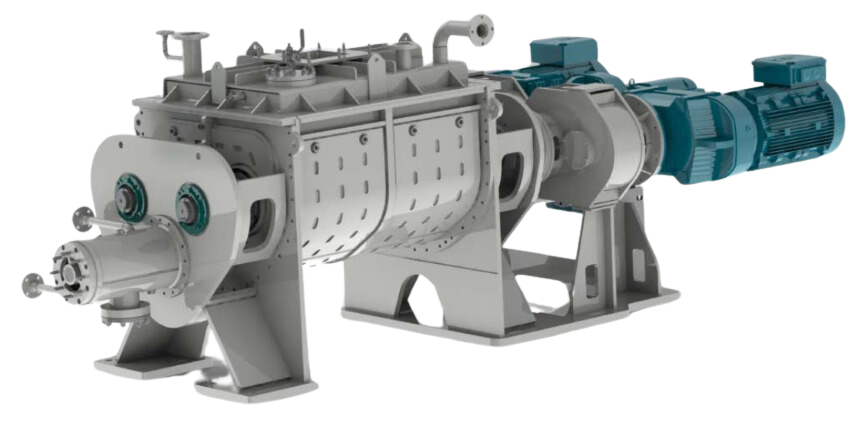Have you ever tried to touch up the paint in your living room only to realize that the color doesn’t quite match? Often, you’ll be given the tip to keep extra from when you originally painted and to make sure that they are from the same lot number. A common issue people encounter is color differentiation despite having purchased an identical color. Most consumers will assume that all products regardless of time frame should have the same properties, so why do these issues occur?
Several manufacturers are not consistently maintaining the high-quality standards required to fulfill this expectation. Especially as the demand for a company’s product grows, it is crucial to meet the promises to the customer. Many companies have employed industry-specific manufacturing software that aids their quality control initiatives. These applications work off predefined libraries of quality templates, perform checklists and inspections in like with quality control standards, and document all steps required to continually improve the company’s operation. Chemical manufacturing software should support a number of essential quantity related functions.
Checklists and Inspections Throughout Production
Before batch production can even begin, all ingredients and raw materials need to up to standard. In addition, all equipment should be calibrated to their optimal settings. When materials are first delivered, staff should review the cleanliness of the trailered product, verify all documentation as far as product labels and delivery, and make sure sample items are given to quality assurance for necessary inspections. Due to potential break downs or potency in materials over time, it is key that inspections are completed for this inventory before any use in production. In addition, management should have a set schedule for inspections of the physical facility. This includes storage areas and all locations where product is stored to record any environmental conditions as well as the overall cleanliness of the area. Once reaching the production line, managers should create an equipment maintenance checklist that schedules regular checks such as temperatures, pressures, and RPMs. Upon fulfillment, each customers’ finished goods should have specific inspection plans reviewed before they are loaded and shipped.
Predefined Quality Templates
Chemical manufacturing applications are used for the calculation of volatile volumes, weights, and other physical property characteristics. Similarly, the application’s quality libraries also have test templates for viscosity, pH, VOC and other chemical properties. Once this software is implemented, the sample, retest, target values and out-of-tolerance values can be tested for a specific item. Therefore, these predefined libraries allow manufacturers to create standardized test for quality control. With these tools, departments can use these workflows to not only control the quality standards but also expedite the approval processes for each batch.
Use of Mobile Devices in Business Operations
Checklists, inspections, and quality control tests can be outlined by either production stages or calendar events. When researching chemical manufacturing applications, be sure that it can incorporate barcodes into the created lists. This allows mobile device scanners to be utilized for quality tasks. They can also run applications that increase user productivity and accelerate business processes when implemented for quality tasks from receiving through shipping.
Document and Label Generation
Another required software feature is Certificate of Analysis documents. By creating customizable templates that import key data fields and properly format them, this guarantees meeting customer requirements for all labels and documents. In addition, GHS document generation is a third-party option now being offered by several providers. This option not only provides that of the COA documents, but also sends required item information to the third-party SDS provider, who then returns the item’ SDS files. This makes all items’ SDS information easily accessible within the application’s database, allowing the system to auto generate SDS documentation for specific events or upon user request.
Best Practices for Quality Control
To minimize production issues, companies must ensure that delivered materials meet the necessary standards. As should be outlined within an inspection plan, a sample of the delivered product should be brought to quality assurance for testing and the remainder put into storage for the time being. This inventory should then be placed on a ‘Hold’ status to prevent production jobs from allocating this material until it has been cleared by quality assurance.
When moving to the next production stage, it is common practice to have quality control data reviewed by a staff member and signed off on by another individual to verify the information. Both parties should record their signatures and timestamps for when the data was collected and reviewed. Once this step has been completed, the batch job can be closed.
Continued Improvement
With the above procedures in place, all batch production jobs are now captured and reported. In addition, quality assurance should be analyzing these jobs to determine any necessary procedural changes. Top chemical manufacturing applications include several advanced quality assurance transactions including nonconformance and CAPA. Utilizing these tools helps support a company’s goals for continuous production and quality improvements.
When reviewing the application’s quality database, staff can identify issues with specific products, equipment and vendors. Commonly there are prebuilt dashboards and reports that will outline historical quality data and supply this information to suppliers and customers. This benefits not only improvements in batch production but also helps to avoid unnecessary penalties, fines, and chargebacks.
It is crucial to avoid the consequences of delivering a second-rate product to your customers. When looking to improve or maintain high quality standards, be sure that your chemical manufacturing software encompasses all necessary features, from receiving through production and shipping.




